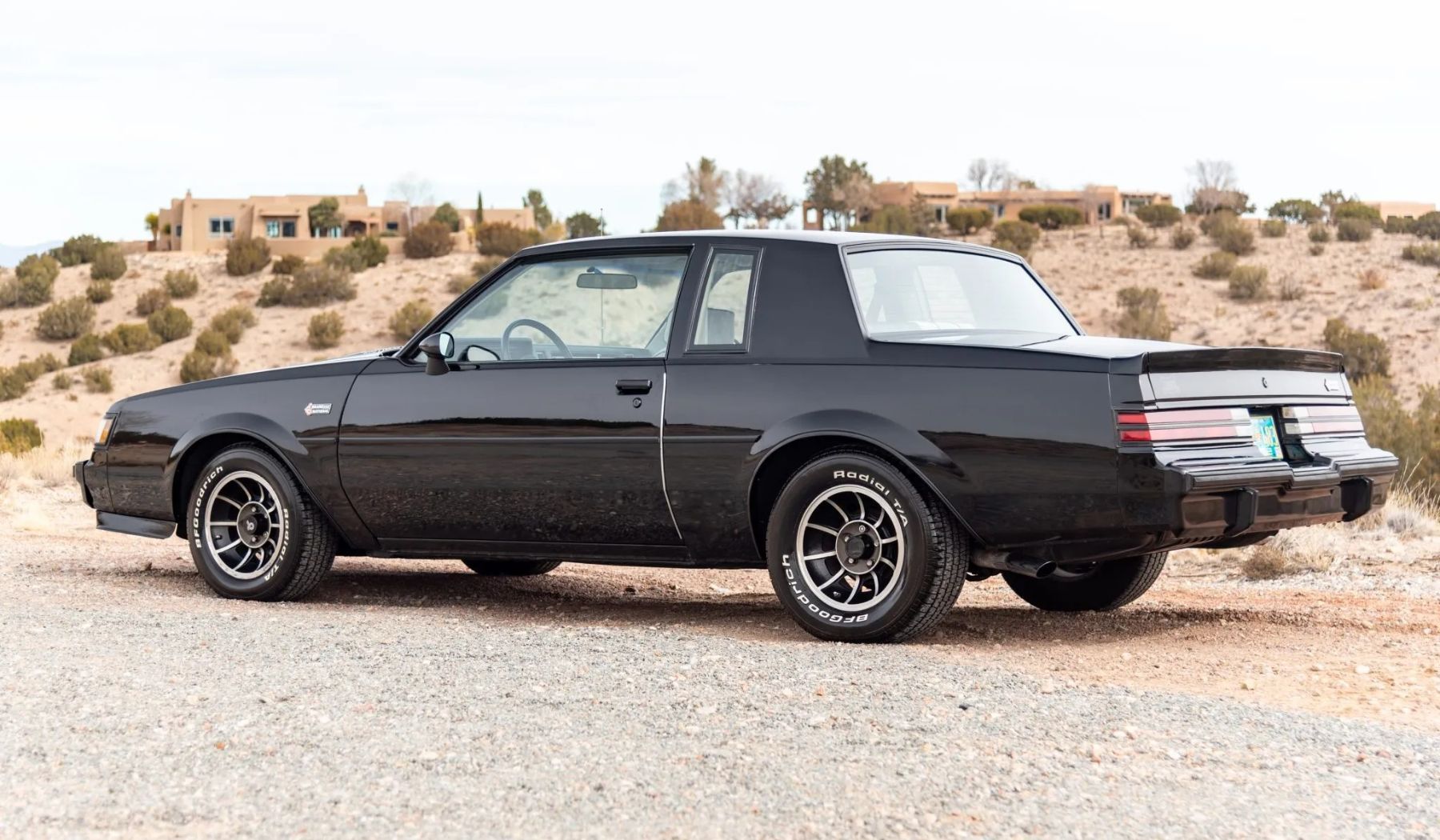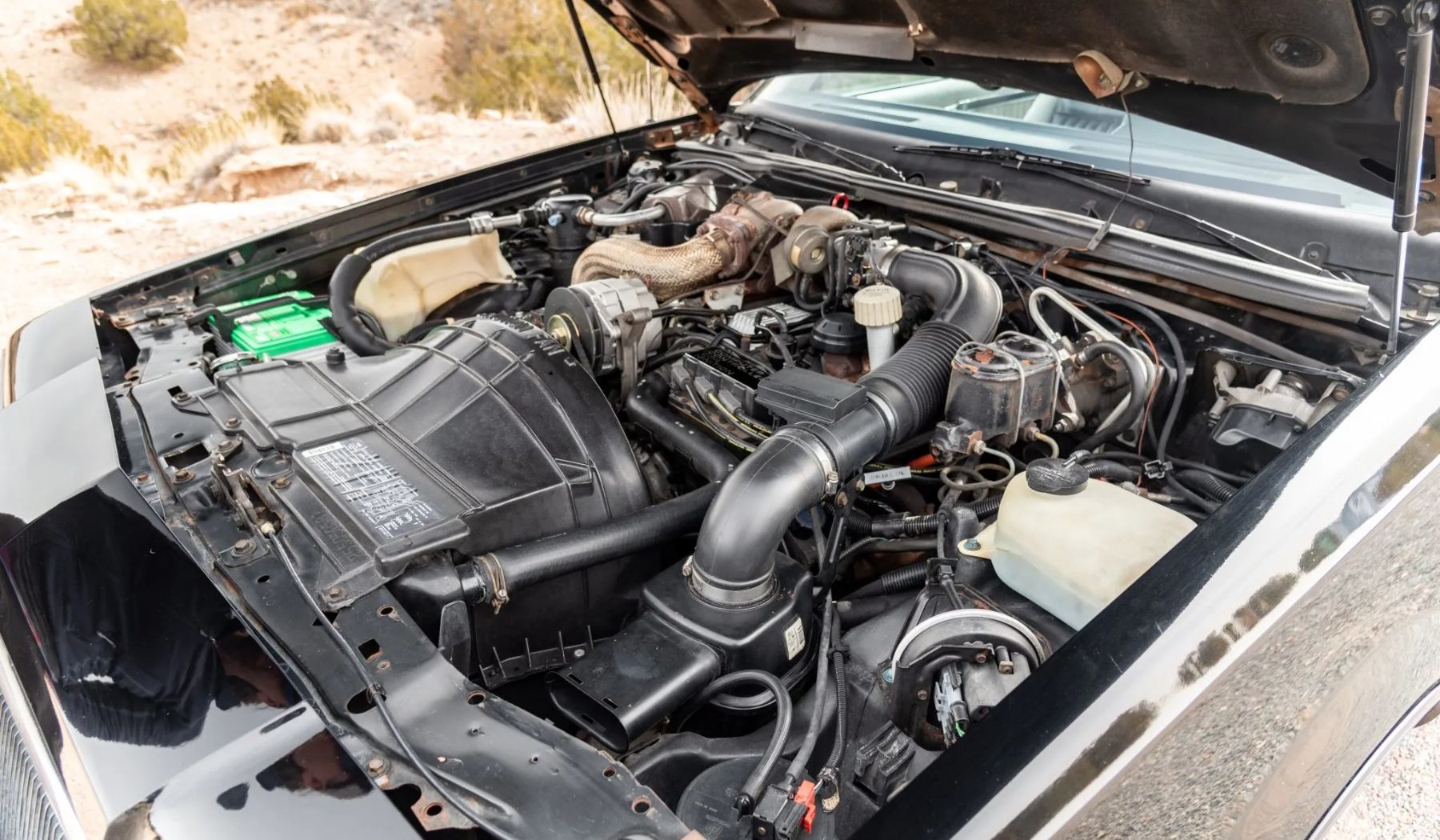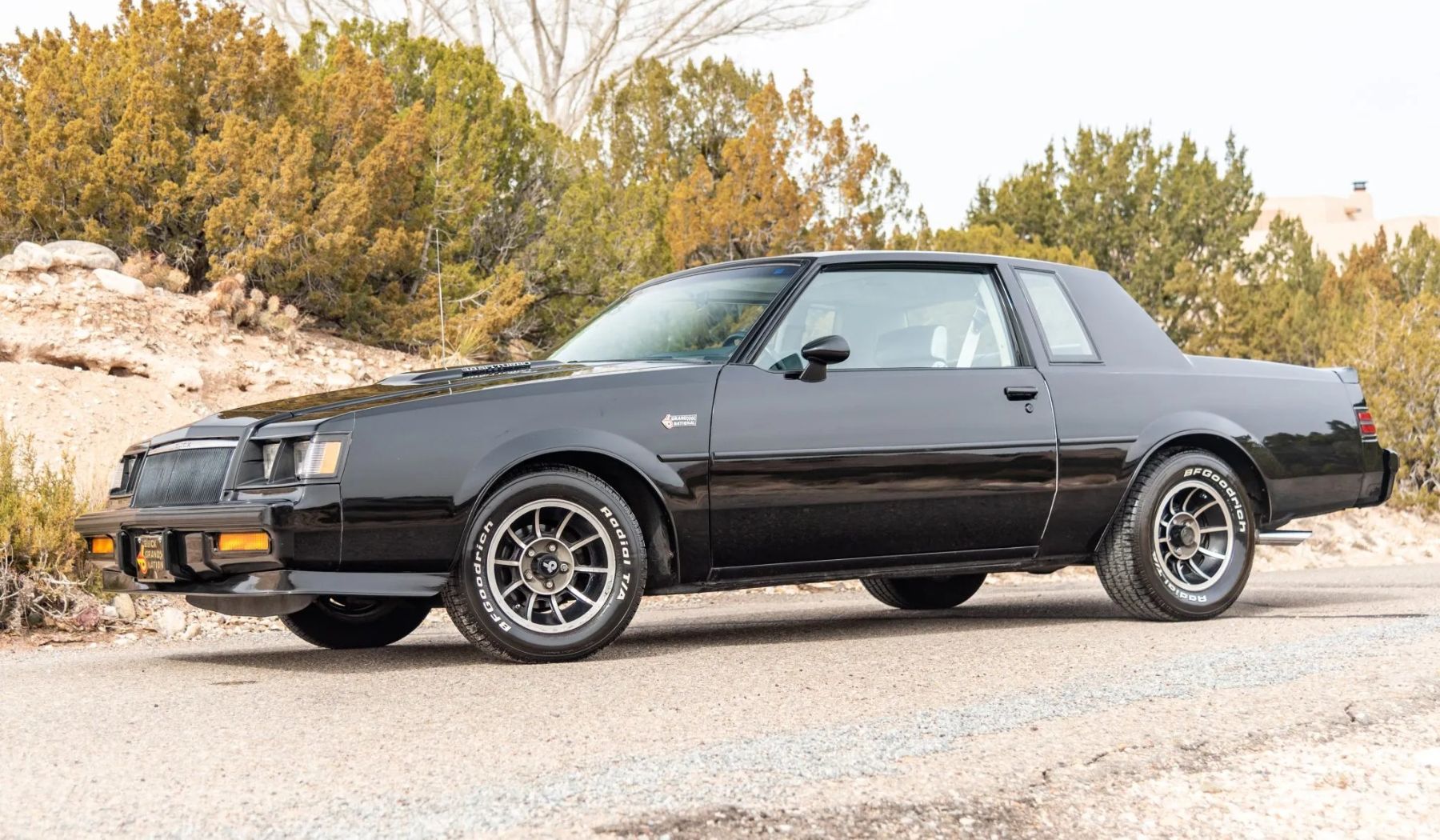In the early 1980s, Buick, a brand often associated with luxury sedans, took a surprising turn. Drawing inspiration from its successful NASCAR campaigns, the division introduced the Grand National, a performance oriented Regal that harkened back to the muscle car era.
Initially conceived as a limited edition model to celebrate Buick’s racing victories, the Grand National quickly gained a cult following and became one of the most iconic American performance cars of its time.

The Grand National was more than just a cosmetic upgrade to the Regal. Underneath its sleek, blacked out exterior lay a powerful turbocharged V6 engine that delivered impressive performance. This engine, coupled with a stout suspension and sticky tires, transformed the Grand National into a formidable track car and a thrilling street machine.
The Grand National’s combination of power, handling, and distinctive styling set it apart from other performance cars of the era, making it a coveted collectible today. While the Grand National was initially a limited edition model, its popularity led to increased production. Buick continued to refine and improve the Grand National in subsequent years, adding features like a limited slip differential, a turbocharger intercooler, and a more aggressive body kit.
These enhancements further solidified the Grand National’s reputation as a performance icon. The Grand National’s legacy extends beyond its impressive performance and iconic styling. It represents a departure from Buick’s traditional luxury focus and a bold statement about the brand’s ability to compete in the performance car market.
The Grand National’s success helped to revitalize Buick’s image and paved the way for future performance oriented models. The Grand National, a performance oriented Regal, was initially introduced in 1982. It was discontinued for a year before being revived in 1984 with a turbocharged V6 engine, sequential fuel injection, and a distributor less ignition system. This updated model delivered 200 horsepower and 300 pound feet of torque.
Despite its V6 powertrain, the Grand National was a popular choice among enthusiasts, with over 2,000 units sold in 1984 alone. It continued to be successful in subsequent years, with sales reaching over 5,000 units in 1986. In its final production year, 1987, the Grand National saw a significant increase in sales, with over 20,000 units sold.
To commemorate the end of the second generation Regal, Buick introduced a limited-edition version called the GNX. This high performance model featured a more powerful engine, a revised rear suspension, and subtle visual enhancements. The GNX’s engine was upgraded with a reprogrammed ECU, a performance exhaust system, a custom turbocharger, and a larger intercooler.

It was also equipped with an upgraded transmission and a torque arm rear suspension. The GNX was capable of accelerating from 0 to 60 mph in under 5 seconds and had a quarter mile time of around 13 seconds. With its impressive performance and limited production, the GNX quickly became a sought after collector’s item.
Today, it is considered one of the most desirable American performance cars of the 1980s. While the Grand National may not have been a traditional muscle car, it undoubtedly made a significant impact on the American performance car scene. Its combination of power, handling, and style made it a unique and desirable vehicle that continues to be admired by enthusiasts today.

